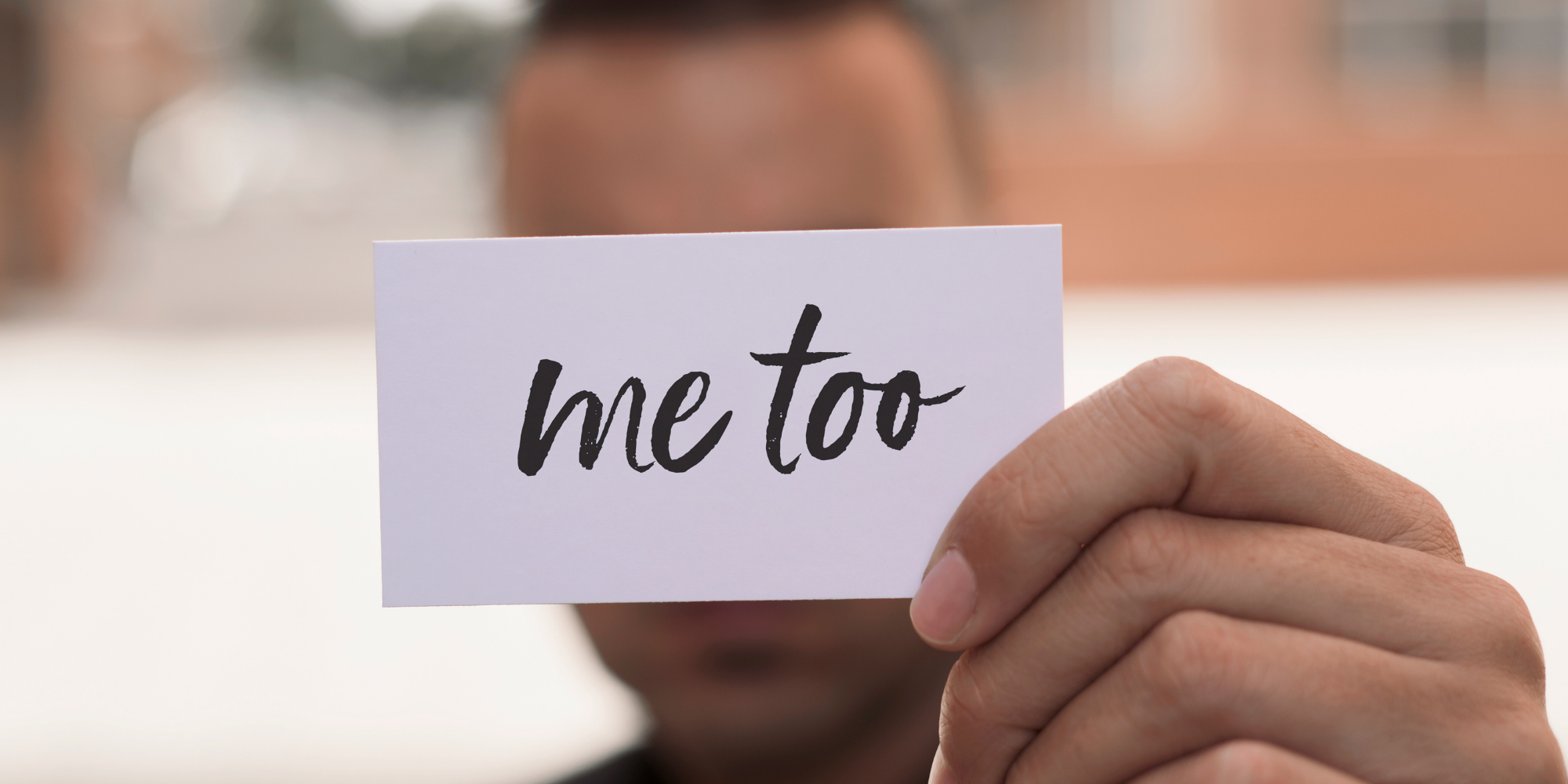
April is Sexual Assault Awareness Month:
A Time for Action
Trigger Warning: Topics in this blog concern sexual violence.
What is Sexual Assault Awareness Month (SAAM)?
Sexual Assault Awareness Month (SAAM) is an annual observance during April which brings attention to sexual violence and educates our shared community about how to prevent it. A New Leaf works across the Valley to help survivors of sexual violence heal and recover from their trauma, and this educational campaign is an important element to our work.
Sexual assault is an issue deeply rooted in our culture and society. This April, SAAM will focus on the many different forms of sexual violence such as child abuse, domestic violence, harassment, cyberbullying, and more. Though it might not be a popular topic to discuss, it is an important one that needs to be brought to light.
How to Participate in SAAM This Year
In order to make a difference, we encourage you to participate in SAAM, as it is a way for people in our community to come together and raise awareness for this important issue. Here are a few key ways for you to get involved during SAAM:
1. The first Tuesday of every April is the SAAM Day of Action. The Day of Action is an opportunity to start off the month with highly visible and coordinated actions. Plan an event, schedule SAAM-related social media content, participate in the #30DaysofSAAM, or find your own way to get involved on April 5th, 2022. Visit the National Sexual Violence Resource Center (NSVRC) for more information.
2. Show your support for survivors of sexual harassment and abuse by wearing teal — the color of sexual violence prevention — on April 5th and post a selfie to Twitter or Instagram using #SAAM2022. By wearing teal, you’re signaling that you support survivors, and are a safe person to talk to if they need to reach out.
3. Spread the word on social media! Social media is a powerful platform to share your message with the world. It’s the easiest way to get your content out there, but it can be difficult to get traction. Start by checking out resources at the NSVRC and by posting your support on key days.
4. Promote the NSVRC’s theme in 2022 of Building Safe Online Spaces Together! This theme encourages people to practice digital consent, intervene when they see harmful content and behaviors, and promote online communities that value respect, inclusion, and safety.
5. Follow A New Leaf on social media and tag us in posts related to SAAM to promote awareness! A New Leaf is active on Facebook, LinkedIn, Twitter, and more.
Understanding the Issue: What Is Sexual Assault?
One way to prevent sexual assault from happening is to educate oneself on what constitutes sexual assault. It is never an easy topic to discuss, but many times a lack of education is what allows an assault to occur in the first place. Without clear boundaries of behavior, seemingly innocent situations can become very dangerous in a short period of time.
Sexual violence happens in every community and affects people of all genders and ages. Sexual violence is any type of unwanted sexual contact. This includes words and actions of a sexual nature against a person’s will and without their consent. A person may use force, threats, manipulation, or coercion to commit sexual violence.
An assault may impact a survivor’s daily life no matter when it happened. Each survivor reacts to sexual violence in their own way. Common emotional reactions include guilt, shame, fear, numbness, shock, and feelings of isolation.
Physical impacts may include personal injuries, concerns about pregnancy, or risk of contracting a sexually transmitted infection. Economic impacts of sexual violence include medical and other expenses in addition to things like time off work. The long-term psychological effects survivors may face if their trauma is left untreated include post-traumatic stress disorder, anxiety, depression, isolation, and others.
It’s important to be aware of the signs of sexual assault and educate your child about them as well.
Getting Help: What Resources Are Available?
The following resources are listed by the National Sexual Violence Resource Center for those in need of assistance:
There is a national network of community-based rape crisis centers and local organizations who support the needs of sexual assault survivors. These centers exist across the United States to provide supportive services to victims of sexual assault. While the specific services available vary by location, services are confidential and may include:
1. Advocacy
2. Education
3. Follow-up services, and referrals to other resources
4. Accompaniment during medical exams and law enforcement interviews
Every state and territory also has an organization designated to coordinate resources and represent that state or territory as its coalition.
NSVRC maintains a directory of organizations that lists state and territory sexual assault coalitions, victim/survivor support organizations, and local communities of color sexual assault organizations. You can contact your state or territory’s coalition to find local resources that provide services to survivors. You can also find a rape crisis center or sexual assault program near you by searching RALIANCE’s directory of local programs.
The Rape, Abuse, & Incest National Network (RAINN), organizes the National Sexual Assault Telephone Hotline. The Hotline is a referral service that can put you in contact with your local rape crisis center. You can call the Hotline at 1-800-656-4673, or access RAINN’s online chat service.
Content from this article relied on resources and content located on the website for the National Sexual Violence Resource Center at https://www.nsvrc.org.


